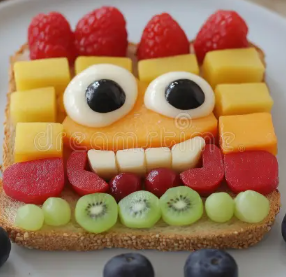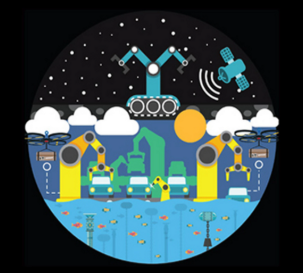Art and music are wonderful ways to express creativity and emotion, and virtual classrooms have opened new doors to learning these subjects from anywhere.
Whether you’re a student or a teacher, virtual art and music lessons can be both inspiring and fun.
Here’s how virtual classrooms are making art and music education more accessible and engaging.
1. Flexible Learning for Creative Minds
Virtual classrooms allow students to explore art and music at their own pace and from the comfort of home. This flexibility is especially helpful for practicing instruments, experimenting with different art styles, or revisiting lessons as needed.
2. Interactive Tools for Art and Music
Online platforms often include features like drawing tools, virtual whiteboards, and music composition apps. These tools let students create digital art, compose music, and receive real-time feedback from teachers.
3. Personalized Instruction
Teachers can offer one-on-one sessions or small group classes tailored to individual interests and skill levels. Personalized guidance helps students grow their talents and stay motivated.
4. Access to Diverse Resources
Virtual classrooms provide access to a wide variety of resources—video tutorials, digital art galleries, music recordings, and more. Students can explore different genres, artists, and techniques from around the world.
5. Collaborative Opportunities
Many platforms support group projects and virtual performances, allowing students to collaborate and share their creativity with peers. This builds a sense of community and encourages teamwork.
6. Encouraging Self-Expression
Virtual art and music classes nurture self-expression in a supportive space. Students can experiment freely and develop confidence in their unique style.
7. Overcoming Challenges
While virtual lessons can’t replace all in-person experiences, creative use of technology helps bridge the gap. Teachers can demonstrate techniques live, provide detailed feedback, and encourage regular practice to support learning.
Virtual classrooms for art and music education make creativity accessible to more students than ever before. With the right tools and guidance, learners can enjoy rich, interactive experiences that inspire a lifelong love of the arts.






